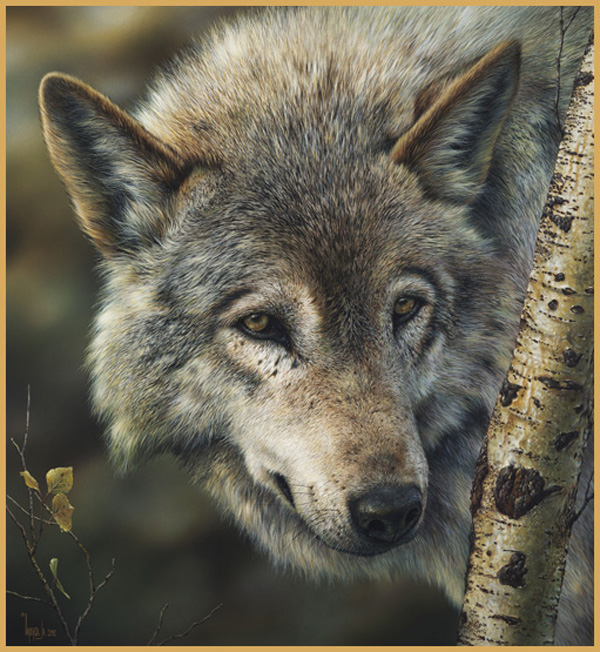
The Romans conquered the area in 52 BC and began their settlement on Paris's Left Bank. The Parisii traded with many river towns (some as far away as the Iberian Peninsula) and minted their own coins for that purpose.

One of the area's major north–south trade routes crossed the Seine on the île de la Cité the meeting place of land and water trade routes gradually became an important trading centre. The Île-de-France was inhabited by the Parisii, a sub-tribe of the Celtic Senones, from around the middle of the 3rd-century BC. The region has witnessed increasing income inequality in recent decades and rising housing prices have pushed the less affluent outside Paris. Though it is the richest French region, a significant number of residents live in poverty: the official poverty rate in the Île-de-France was 15.9% in 2015. īeyond the city limits of Paris, the region has many other important historic sites, including the palaces of Versailles and Fontainebleau, as well as the most-visited tourist attraction in France, Disneyland Paris. : 12 It has the highest per capita GDP of any French region and the third highest of any region in the European Union. The GDP of the region in 2019 was nearly one-third of the French, : 12 and 5% of the European Union's. Residents are sometimes referred to as Franciliens, an administrative word created in the 1980s. In 1976, when its status was aligned with the French administrative regions created in 1972, it was renamed after the historic province of Île-de-France. It was created as the "District of the Paris Region" in 1961. The region is made up of eight administrative departments: Paris, Essonne, Hauts-de-Seine, Seine-Saint-Denis, Seine-et-Marne, Val-de-Marne, Val-d'Oise and Yvelines.

Île-de-France is densely populated and retains a prime economic position on the national stage: though it covers only 12,012 square kilometres (4,638 square miles), about 2% of metropolitan French territory, its 2017 population was nearly one-fifth of the national total. Centred on the capital Paris, it is located in the north-central part of the country and often called the Paris Region (French: Région parisienne, pronounced ). “The method used demonstrates that traces of fur and feathers can be found even in graves several thousands of years old, including in Finland.The Île-de-France ( / ˌ iː l d ə ˈ f r ɒ̃ s/, French: ( listen) literally "Isle of France") is the most populous of the eighteen regions of France. We don’t even know whether it’s a dog or a wolf,” Professor Kristiina Mannermaa, an archaeologist on the team, said in a statement. “The discovery in Majoonsuo is sensational, even though there is nothing but hairs left of the animal or animals - not even teeth. For prehistoric archaeologists, the dig is particularly remarkable because the soil in the grave was especially well-preserved: 65 soil samples in total were taken and analyzed. The site was flagged for excavation in 2018 when it was considered at risk of destruction, and was identifiable by the presence of rich red-ochre soil associated with burials. Stretching back about 7,000 years in southern Sweden, for instance, archaeologists have found dogs buried next to humans. Although few human artifacts from that era remain, archaeologists know from graves in the region that it was common for items made out of bones, teeth, and horns to be left with the deceased, as well as furs and feathers.

Dating the arrowheads, researchers estimate that the burial took place during the Mesolithic period, around 6000 BCE.ĭuring the Stone Age in Finland, prehistoric humans mostly buried the dead in pits that were dug in the ground. Two transverse arrowheads fashioned from quartz, as well as two other objects possibly made of quartz, were discovered. The latter may have come from utilitarian items like a fishing net or a rope, objects which would have since degraded severely in the acidic Finnish soil. The findings allowed artist Tom Björklund to create an artistic rendering of what the child may have looked like while alive and sleeping.Īrchaeologists also found fur, canine hair, and plant fibers. The child would have been between three and 10 years old at the time of death - a conclusion scientists were able to draw by analyzing the child’s teeth.


 0 kommentar(er)
0 kommentar(er)
